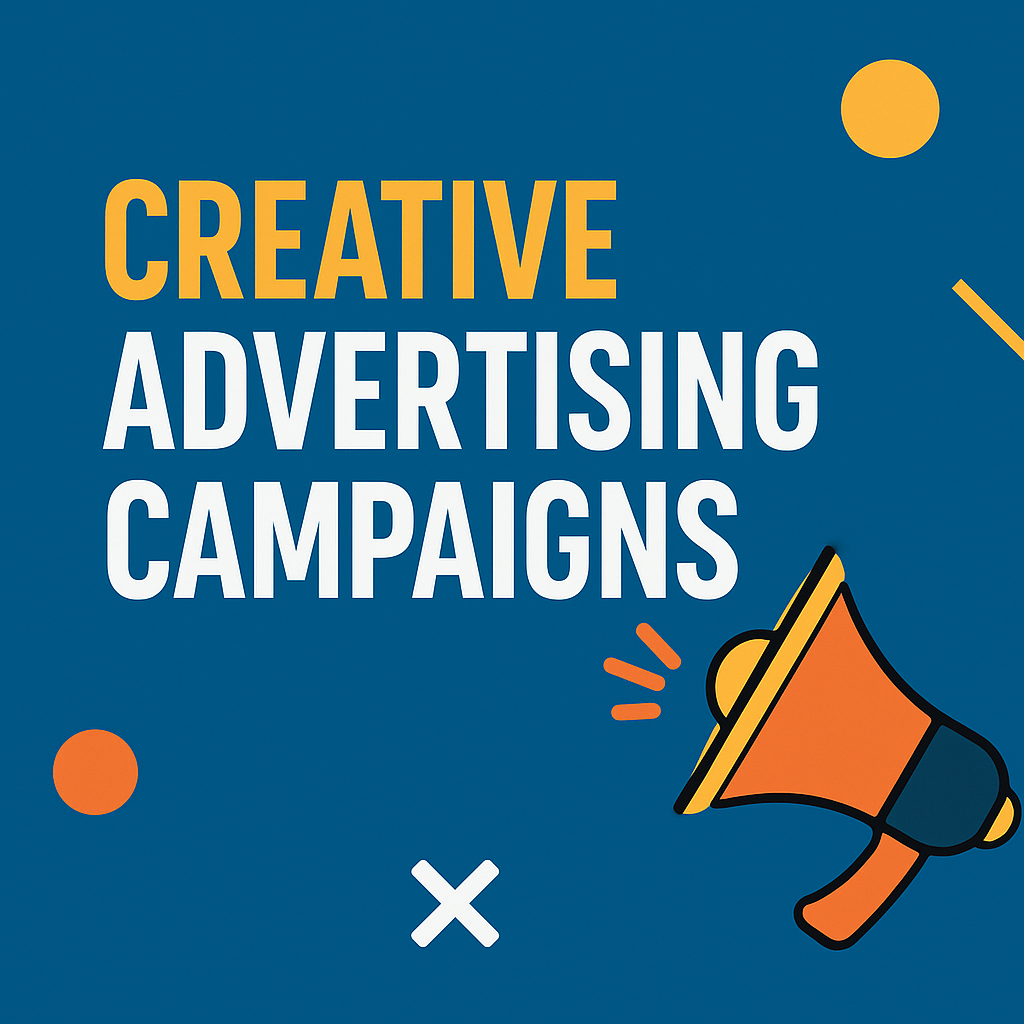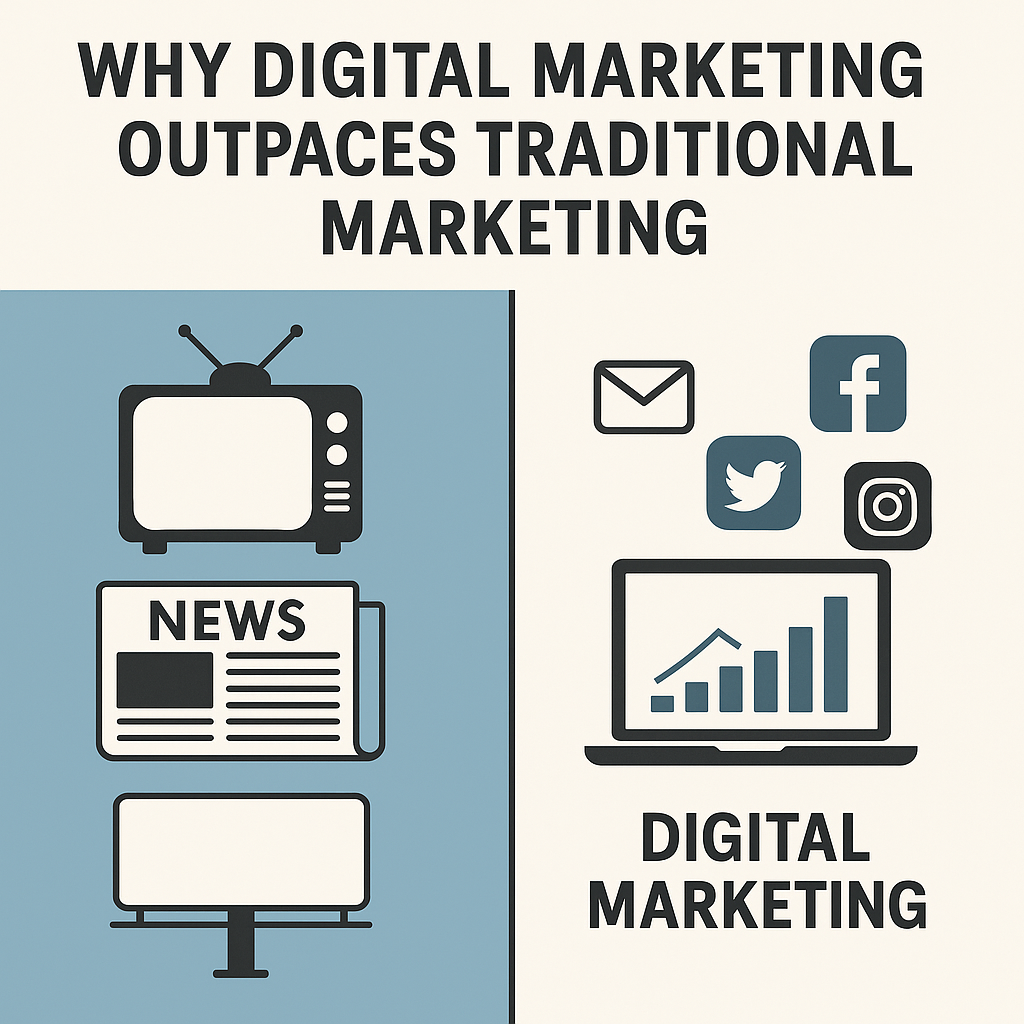In today’s competitive business landscape, merely existing isn’t enough. With consumers flooded with choices and rivals evolving rapidly, companies must be proactive and strategic to stand out. This guide outlines cutting-edge strategies that help businesses not only attract customers but consistently outperform their competition.
1. Understand and Segment Your Audience Deeply
Success starts with knowing exactly who you’re targeting. Go beyond basic demographics—understand pain points, behaviors, values, and emotional triggers. Tools like Google Analytics, Meta Business Suite, and customer surveys help build accurate buyer personas.
By placing yourself in the customer’s shoes, you craft relevant messaging and create solutions that resonate. Adapt as data evolves—targeting is a moving goalpost, not a one-time effort.
2. Build a Powerful Brand Identity
Your brand is more than a logo—it’s the impression you leave. A consistent voice, color palette, and message across platforms increase trust and make your business memorable.
Emotional branding is particularly effective. Brands that align with customer values—sustainability, transparency, inclusivity—create deeper bonds and inspire loyalty.
3. Deliver Exceptional Customer Service
Product quality gets you in the door. Service quality keeps you there. Today’s customers expect fast, personalized, and thoughtful responses.
Key tips:
- Implement AI-powered chatbots to handle FAQs quickly.
- Train staff to practice active listening.
- Use CRM tools to remember and personalize interactions.
4. Use Promotions Without Undermining Value
Discounts and special offers can trigger immediate sales, but use them wisely. Flash sales and time-limited bundles create urgency, while loyalty-based rewards prevent price-based brand devaluation.
Consider:
- Value-added packages over plain discounts.
- Loyalty programs rewarding repeat purchases.
- Free trials for digital products/services.
5. Create a Referral Program
Word-of-mouth remains one of the most credible forms of marketing. Referred customers are 4x more likely to buy.
Use software like ReferralCandy or PostAffiliatePro to automate tracking and rewards. Offer clear incentives to both referrer and referred (e.g., 20% off or a $10 credit).
6. Develop a Personalized Loyalty Program
Loyalty programs shouldn’t just be point-based—they should be personalized and dynamic. Use purchase history and behavior data to tailor rewards.
Examples:
- Exclusive early access to products.
- Birthday discounts or surprise gifts.
- Tiered systems with VIP benefits.
Engaged loyalty members spend up to 67% more on average than new customers.
7. Offer Hyper-Personalized Experiences
From Netflix to Amazon, personalization is the new standard. Customers now expect relevant content, offers, and recommendations.
Use:
- Email automation tools like Mailchimp to send targeted promotions.
- Website personalization tools like Dynamic Yield or Optimizely.
- AI-driven product recommendation engines.
8. Embrace Digital Marketing Strategies
Digital marketing isn’t optional—it’s foundational. Use a multichannel approach:
- SEO for organic visibility.
- Content marketing to build authority.
- Social media ads for precise targeting.
- Email nurturing for repeat engagement.
9. Leverage Social Media Engagement
Social proof drives conversions. Encourage customers to share experiences on Instagram, TikTok, or X (formerly Twitter). Run hashtag contests, UGC campaigns, or giveaways.
Use analytics to track reach, sentiment, and trends—then double down on what’s working.
10. Embrace Innovation and Technology
Smart use of technology isn’t a luxury—it’s a competitive edge.
- Use AI for predictive analytics.
- Automate workflows with Zapier or HubSpot.
- Leverage AR/VR for product demos.
11. Optimize for Search Engines (SEO)
SEO ensures your customers can find you online. It’s a long-term play with compounding ROI.
Core areas:
- On-page SEO: keywords, metadata, headers.
- Technical SEO: speed, mobile-friendliness, schema.
- Off-page SEO: backlinks from reputable sites.
Tools like Ahrefs, Semrush, and Google Search Console are essential in 2025.
12. Host Events or Workshops
In-person or virtual events build trust, authority, and community.
Ideas:
- Webinars on relevant industry challenges.
- Launch events for new products.
- Free workshops offering real value.
Make it interactive—use Q&A, polls, or breakout rooms.
13. Craft Unique Value Propositions (UVPs)
What do you offer that others don’t? Your UVP should be front and center across your site, packaging, and marketing.
Test different UVPs using A/B testing. A good UVP:
- Solves a specific problem.
- Targets a clear audience.
- Highlights a unique benefit.
14. Analyze Your Competitors Relentlessly
Competitive intelligence is not spying—it’s smart strategy.
Track:
- Their pricing changes.
- Content performance.
- SEO rankings and backlink profiles.
Tools: SimilarWeb, SpyFu, BuzzSumo.
Learn from what works for them—then do it better.
Conclusion
Thriving in a competitive marketplace requires more than just a good product. It demands strategic thinking, adaptability, and a relentless focus on customer experience. By implementing the strategies outlined—rooted in real data, modern tools, and customer-centric thinking—you’ll not only attract more customers but gain a lasting competitive edge in your industry.
Let this guide be your roadmap to building a brand that isn’t just surviving in 2025—but leading.

